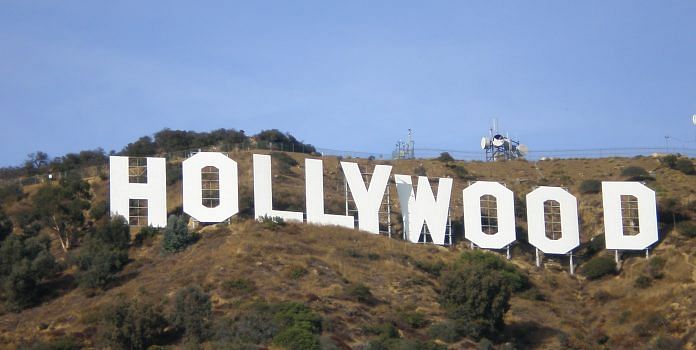Co-productions help the Hollywood industry leverage on China’s fast-growing film market, which is now the world’s second largest.
A movie about a giant shark wreaking havoc on a tourist town is this year’s surprise summer hit. Sound familiar? That’s what its Chinese producer was hoping for.
“The Meg,” which became a hit in both the US and China, has drawn $314 million globally as of Sunday and toppled Tom Cruise’s latest “Mission Impossible” installment in North American cinemas. Debuting 10 Aug, it has become the biggest shark film since the 1975 blockbuster “Jaws.”
Less known is that the science-fiction deep-sea thriller is also on track to become the most successful co-production between Hollywood and Chinese movie-making houses, reviving prospects for an emerging area of cinema that’s seen its fair share of misses. Executive Producer Jiang Wei says part of the formula for making such joint ventures successful is: Go easy on cultural references.
“I knew the subject was very suitable for co-productions: adventure, sci-fi, sharks,” Jiang, who was president of Gravity Pictures when it co-produced “The Meg,” said in an interview last week. “It doesn’t involve many cultural, educational or national issues.”
Given Hollywood’s penchant for imitation, “The Meg” may spawn imitators and more bets on co-productions that deftly weave in Chinese elements without hard-to-get cultural references. The film’s success in winning coveted co-production status also shows China’s film authorities, who decide which movies qualify, don’t always demand unmistakably Chinese cultural references.
“The Meg,” co-produced with Warner Bros., tells the story of an oceanic research team off the coast of China encountering a 75-foot (23-meter) prehistoric shark. The Meg, or megalodon, threatens thousands of tourists frolicking in Sanya Bay.
The film “reasonably” melds Chinese cast and elements with Hollywood production and distribution flair, a combination that accounts for its success, said Jiang, who has left Gravity and now heads Wanda Pictures and the China subsidiary of billionaire Wang Jianlin’s Legendary Entertainment. After reading the 1997 best-seller “Meg: A Novel of Deep Terror,” in 2014, he concluded that it would be ideal for a co-production, partly because it had a universal theme with very few culturally specific references.
Chinese Characteristics
China’s government has encouraged films as a way to promote the country’s image globally, building the kind of soft power that has benefited geopolitical rivals like the US Hollywood filmmakers have tried including Chinese elements, from simply adding Chinese cast to setting films in China or making Chinese scientists the heroes, as in “The Martian.”
Jiang’s culture-lite formula contrasts with that of “The Great Wall,” the most expensive live action feature film that joined Hollywood and Chinese studios. Starring Matt Damon, the $150 million action epic, based on Chinese mythological themes and involving one of China’s best-known cultural landmarks, flopped in North America last year, heightening the sense that co-production success is elusive.
Co-productions help Hollywood capitalize on China’s fast-growing film market, now the world’s second largest. Under such deals, studios get a bigger slice of box-office revenue than when they simply export a film to China. Such films are also eligible for more favorable release dates in the country.
The biggest China-US co-production of any kind was 2016 animation “Kung Fu Panda 3.” Having grossed $521 million worldwide, the film still stands as the biggest China-US co-production, while “The Meg” has become the largest live-action co-production.
“The potential profits from a successful co-production are considerable, which means films can afford a bigger budget and pursue better productions,” said Jiang. He noted that box office receipts for “The Meg” have been evenly distributed among the US, China and the rest of the world, underscoring the film’s ability to translate regardless of cultural background.
What co-productions shouldn’t do is set out to make films for a particular market, said Jiang, who also had stints at Sony Pictures and Hong Kong’s Edko Films Ltd. “Co-productions are meant to be international. China’s film market is already thriving on its own. There’s no need to make a movie dedicated to Chinese audience, likewise in the US”
Jiang believes studios from both Hollywood and China will continue to bet on big-budget co-productions. “There will be more possibilities. If a film can sell in both China and the US, it will sell in the rest of the world too.”- Bloomberg



